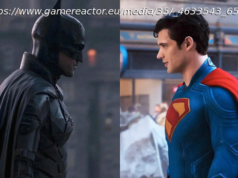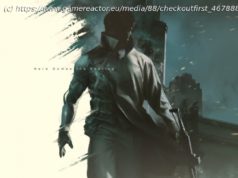A facial recognition tool Amazon currently offers developers made quite the mistake in a test conducted by the American Civil Liberties Union (ACLU). Rather than identifying 28 members of Congress as members of the country’s legislative branch, the tool instead classified these individuals as police suspects.
Amazon may want to go back to the drawing board for this one. A facial recognition tool the retail giant currently offers developers made quite the mistake in a test conducted by the American Civil Liberties Union (ACLU), The New York Times reports. Rather than identifying 28 members of Congress as members of the country’s legislative branch, the tool instead classified these individuals as police suspects. To make matters worse, a disproportionate number of African American and Latino Congress members were incorrectly identified, raising questions of how far racial profiling has embedded itself even in our machine learning software.
Both Representative John Lewis, D-Georgia, and Representative Bobby Rush, D-Illinois, are well-known civil rights leaders and members of the Congressional Black Caucus, but rather than being recognized as elected representatives, these two men (along with 26 others), were falsely flagged as criminals. These mistakes occurred when the ACLU took Amazon’s software to analyze images of all members of Congress against a database of 25,000 publicly accessible mugshots. This resulted in the 28 Congress members being incorrectly identified as lawbreakers, which represents a five percent error rate.
“This test confirms that facial recognition is flawed, biased and dangerous,” Jacob Snow, a technology and civil liberties lawyer with the ACLU of Northern California, told the New York Times.
In response to the test, Nina Lindsey, an Amazon Web Services spokeswoman, said that the ACLU used the face matching tool (called Amazon Rekognition) differently from Amazon’s recommendations. “It is worth noting that in real-world scenarios, Amazon Rekognition is almost exclusively used to help narrow the field and allow humans to expeditiously review and consider options using their judgment,” Lindsey said in a statement.
She further pointed out that the ACLU kept the tool’s “confidence threshold” at the default of 80 percent. This means that the group took into account any face matched as 80 percent similar to the police database — however, it’s worth pointing out that Amazon uses the same threshold in an example on its website, showing how employees’ faces can be matched with their ID badges. However, Lindsey said that in the case of police departments, Amazon recommends that a threshold of 95 percent similarity be implemented to avoid these sorts of mistakes.
Amazon has previously come under fire for selling Rekognition. In May, 24 civil liberties groups, led by the ACLU, penned a letter to Amazon’s CEO Jeff Bezos requesting that the software cease being sold to law enforcement agencies. The groups expressed concerns that the software could be used to surveil protestors, immigrants, or general members of the public, rather than just police suspects. Amazon employees, investors, and academics have since made similar demands of Amazon.
For the time being, however, that doesn’t seem to be in the cards for the web giant. As Amazon’s spokesperson said, “We remain excited about how image and video analysis can be a driver for good in the world.”






